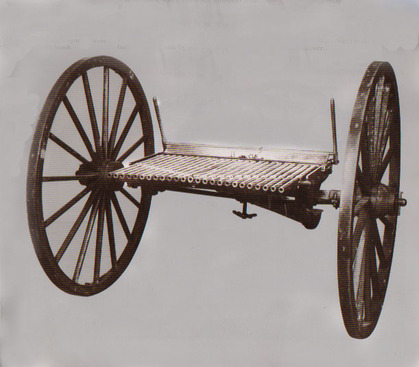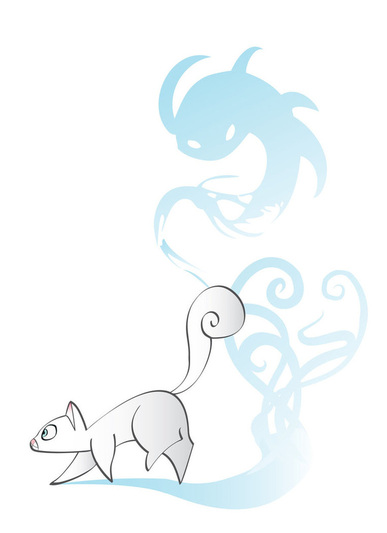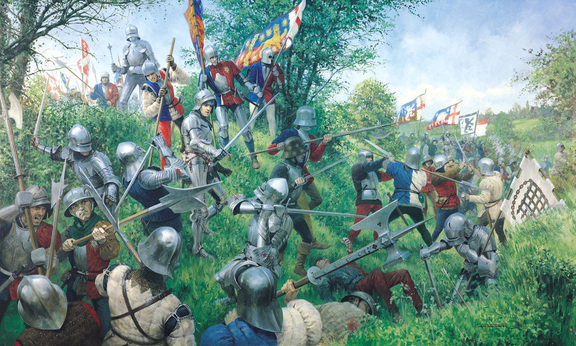Anywhoooo, let's talk about volley guns. Although their name sounds strange, they're more common than you think, and you've probably seen one in movies or for real, if you have visited some war museums. A volley gun is described as a gun with several barrels for firing a number of shots, either simultaneously or in sequence. They differ from modern machine guns in that they lack automatic loading and automatic fire and are limited by the number of barrels bundled together.
In practice the large ones were not particularly more useful than a cannon firing canister shot or grapeshot. Since they were mounted on a carriage, they could be as hard to aim and move around as a cannon, and the many barrels took as long or longer to reload. They also tended to be relatively expensive since they were more complex than a cannon, due to all the barrels and ignition fuses, and each barrel had to be individually maintained and cleaned.
And they're older than you think! So you get an idea, they were used in the Hundred Years War by the army of Edward III of England, in 1339, but it was a medieval version of it, called the Ribauldequin. Who knew, right?!








 RSS Feed
RSS Feed